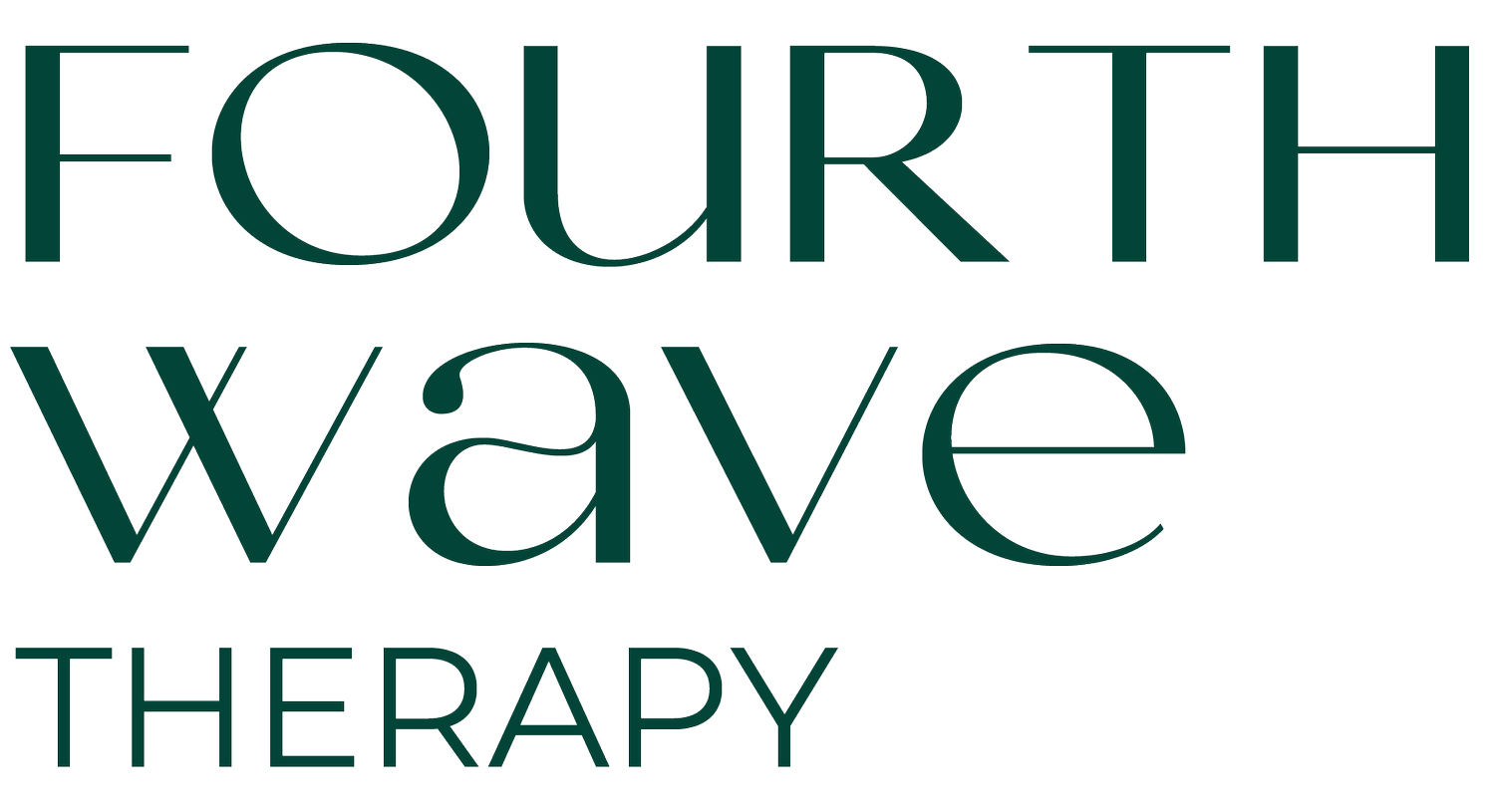The Change Triangle
I remember leafing through this book years ago, not feeling very compelled, and then it sat on my shelves for years. After hearing a brief talk with the author recently, I picked it up again and was humbled.
Underneath what seemed like a simple concept, Hilary Jacobs Hendel has woven together wisdom from AEDP, IFS, Sensorimotor and Somatic Therapy to create a dynamic map and guide for being human.
She reminds us that we are born with core emotions, which arise in response to internal and external stimuli to help us survive, connect, meet our needs, and fully experience our humanity. That none of our core feelings are bad or wrong, they are information and also inner programs to move (e-motion) us away from danger or toward a need or goal.
The change triangle describes this process of having a core emotion, expressing it and being met with acceptance and support or being able to complete the motor program of the emotion as natural living.
But of course we humans must complicate things and through socialization/conditioning, we learn that certain emotions are ok and certain ones are not. In order to stay connected with our caregivers, families, friends, community, larger society we begin to censor the core emotions that are not welcomed in our environment.
This is facilitated though inhibitory emotions of anxiety, guilt, and shame which serve to push down and hide these emotions deemed unacceptable.
This, however, is an untenable position. Just like other motor programs, digestion for instance, they are made to complete. (Think about the energy of a burp coming up through the system, and what happens if you try to suppress that action). Core emotions pushing for expression and the inhibitory ones clamping down is excruciating, so we have to disconnect.
This leads to the upper left corner of the change triangle, the defenses, which she defines as anything that takes us away from feeling!
Wow, how many things do we do a day to avoid the cocktail of feelings inside? From the simple tightening of the muscles of the stomach, to drinking too much caffeine or alcohol, to overwork, to cutting…we are geniuses at finding ways to disconnect from this present moment experience. And who can blame us! These defenses are coming from a good intention, to protect us from the intolerable dilemma we have been forced into.
The good news is, with a map, with awareness, we might be able to start to see how these patterns developed, understand how creative and necessary, and protective they have been and thank them for their service. We may also have the opportunity to do some updates. While anger may not have been allowed in our family of origin it is possible that the relationships we are in today can tolerate anger expressed in a boundaried way. We also may be able to allow ourselves a full range of emotions through our own practices of connection to self (meditation, journaling, re-parenting, therapeutic or spiritual work) and then have the ability to CHOOSE who we share our emotions with AND the actions we take from those feelings.
Once we have accessed and safely expressed core emotions, a lot of energy and creativity is freed up, allowing us to explore how we want to face the situation at hand rather than having our energy trapped in a cyclone of core emotion…inhibiting that core emotion….escaping through defense, spin, rinse, repeat.
I go through this cycle regularly in my marriage. A core feeling comes up (ANGER) towards my partner, I was conditioned to believe it was not ok to feel/express anger and that it would be dangerous/BAD to express that to my partner so I feel GUILT/SHAME/ANXIETY.
I am feeling the anger, then I am beating myself up for feeling that “I shouldn’t feel that way,” then I reflexively fall into defenses to avoid this cocktail, I avoid my partner, I use food and shows to anesthetize. Luckily, I have learned to notice this well worn pattern. I start to see it. I can name it and bring context to it. I can remind myself that no feelings are bad/wrong and that I can feel my feelings without it meaning I have to take a specific action. I make space for my feelings. I also am lucky to have a therapist who encourages me regularly to make space for my rage. I DO. I just allow it. It feels pretty good to just allow it and not fight it. Once I’ve really allowed that energy to move through without the inhibition I feel less angry, “isn’t that interesting….” and I have more curiosity to explore what actions I can take to improve the situation, where I have choice and responsibility, and where I may need to speak up to my partner.
I recently trained with the author in a curriculum “Emotions 101” based on the book and am so excited to bring this invaluable education out to anyone who is interested!
Please also check out Hilary’s website, the amazing book It’s Not Always Depression and her other offerings.
https://www.hilaryjacobshendel.com/print-the-change-triangle

